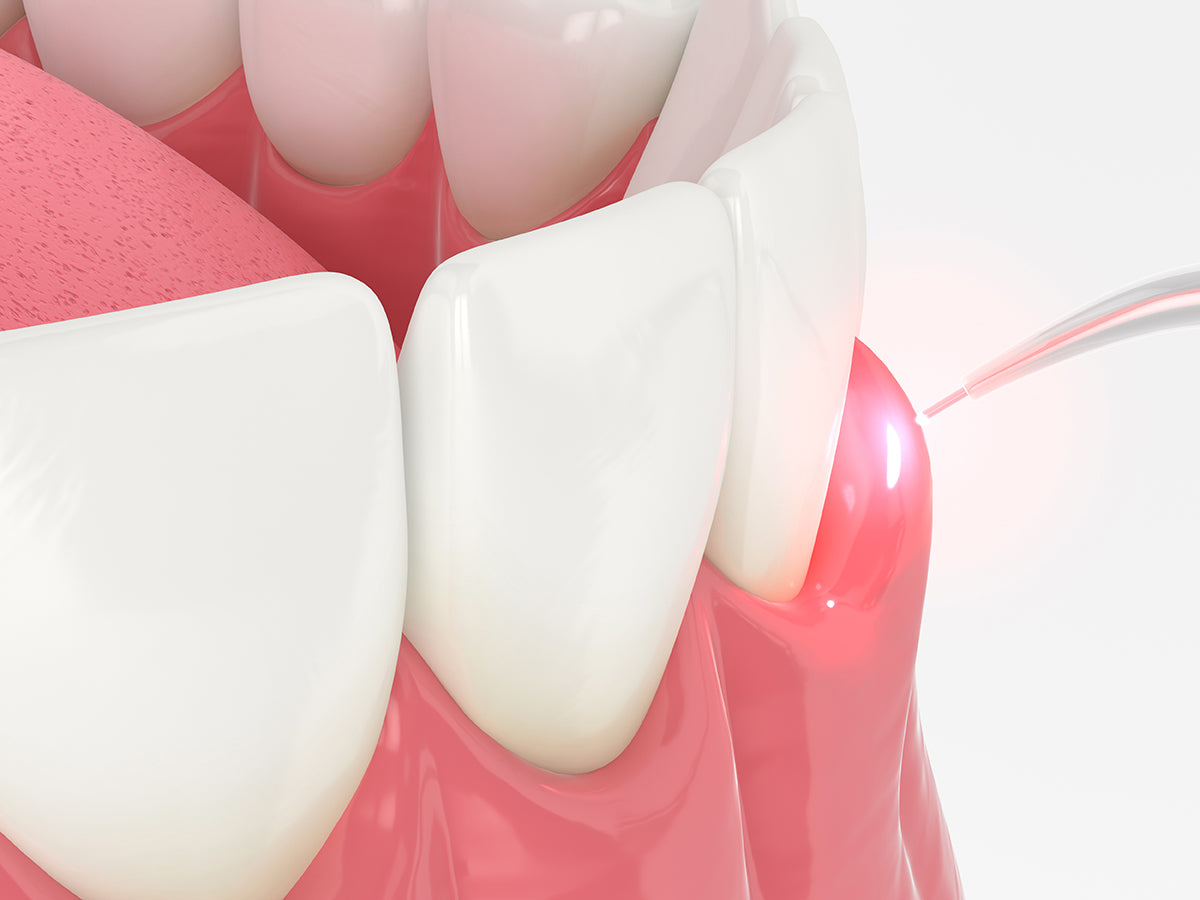No products in the cart.

Hyperplasia, characterized by excessive tissue growth, can pose challenges in dental treatment. However, the emergence of 810 nm diode lasers has transformed the management of hyperplasia, offering a more efficient and convenient alternative to traditional methods. In this blog post, we will explore the benefits of using an 810 nm diode laser for hyperplasia treatment, highlighting its advantages over traditional approaches.
- Enhanced Precision and Control:
- The 810 nm diode laser provides dental practitioners with superior precision and control during hyperplasia treatment (Christensen, 2018).
- The laser energy is selectively absorbed by the target tissue, allowing for precise tissue ablation and contouring without affecting the surrounding healthy tissues.
- This precise and controlled approach minimizes postoperative complications and ensures optimal aesthetic outcomes.
2. Reduced Bleeding and Discomfort:
- The use of an 810 nm diode laser in hyperplasia treatment significantly reduces bleeding compared to traditional methods.
- The laser energy coagulates blood during the procedure, resulting in minimal bleeding and improved visibility.
- Patients experience reduced discomfort during and after treatment, as the laser energy also cauterizes nerve endings, leading to enhanced postoperative comfort.
3. Faster Healing and Recovery:
- The laser's ability to enhance biostimulation improves the healing process for patients undergoing hyperplasia treatment.
- With reduced healing time, patients can recover more quickly and resume their regular activities sooner.
4. Minimally Invasive Procedure:
- Hyperplasia treatment with an 810 nm diode laser is a minimally invasive alternative to traditional surgical methods.
- The laser energy vaporizes the excess tissue precisely, eliminating the need for incisions or sutures.
- Patients benefit from a comfortable and less invasive experience, with minimal trauma to the treated area.
The use of an 810 nm diode laser in hyperplasia treatment offers significant advantages over traditional methods. Dental practitioners can achieve enhanced precision, reduced bleeding, faster healing, and a minimally invasive approach, leading to improved patient outcomes and satisfaction. By adopting this innovative technology, dental professionals can provide efficient and effective hyperplasia treatment, further elevating the standard of care in their practices.
References:
Christensen, G. J. (2018). Lasers in dentistry—2018. Clinicians' Report, 11(7), 1-4.
Leave a comment



